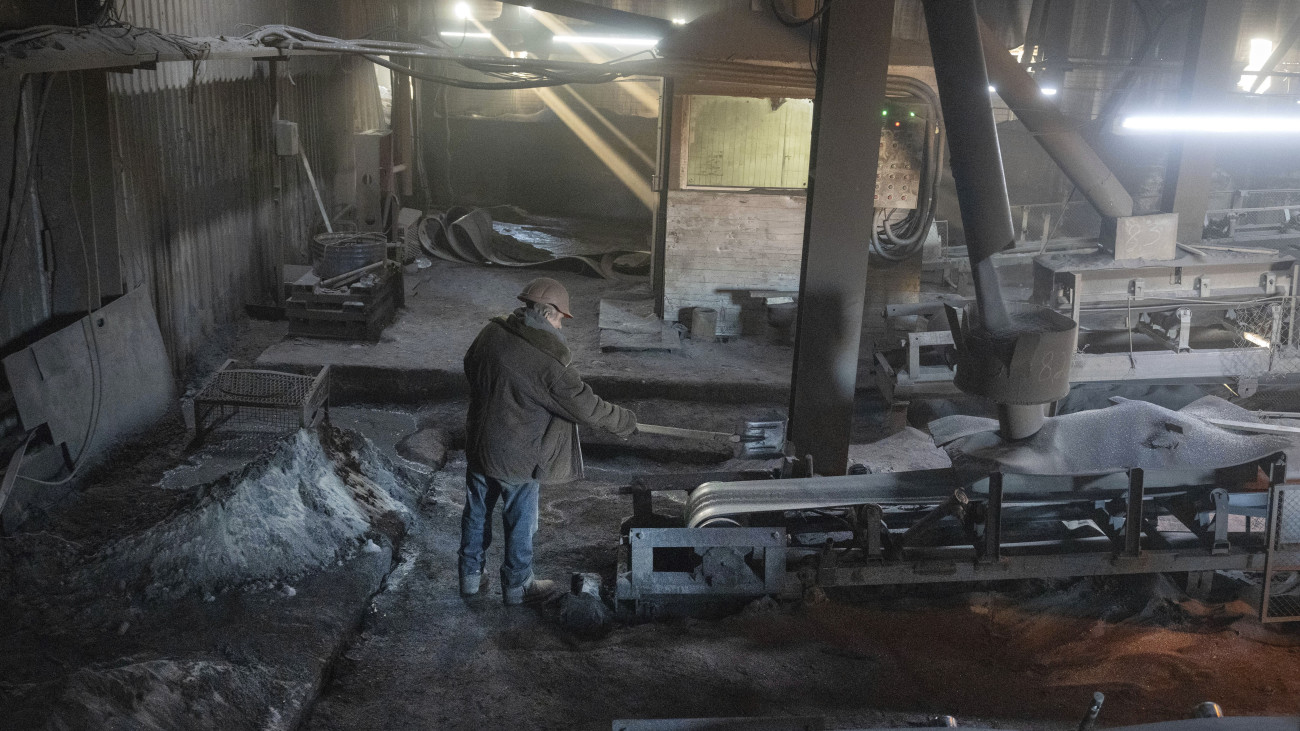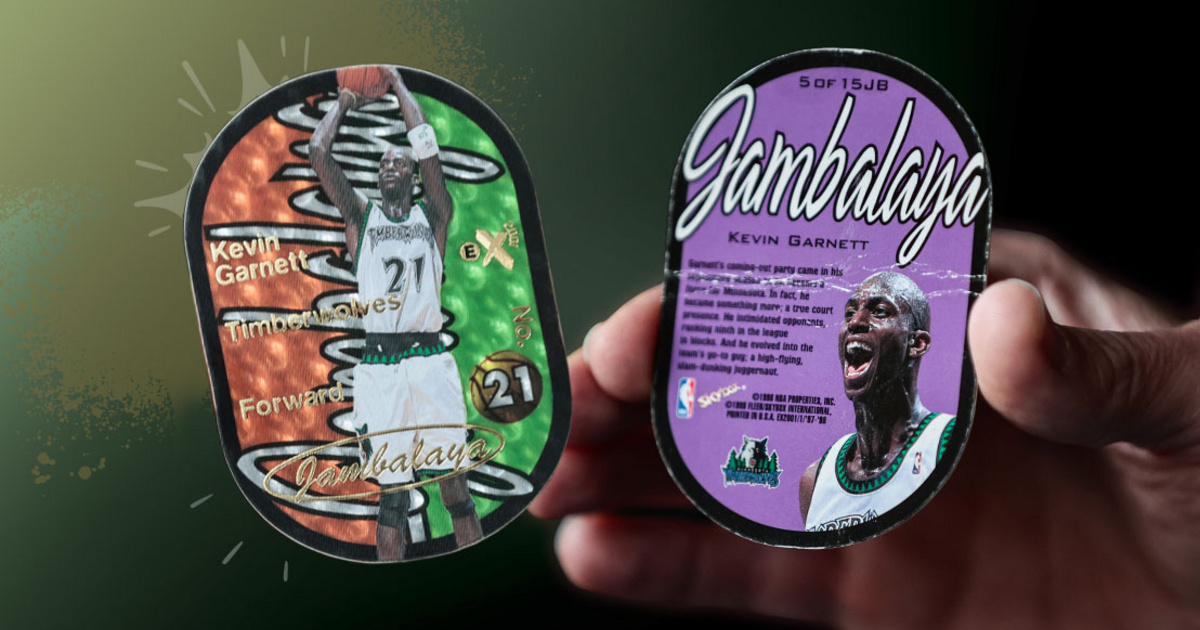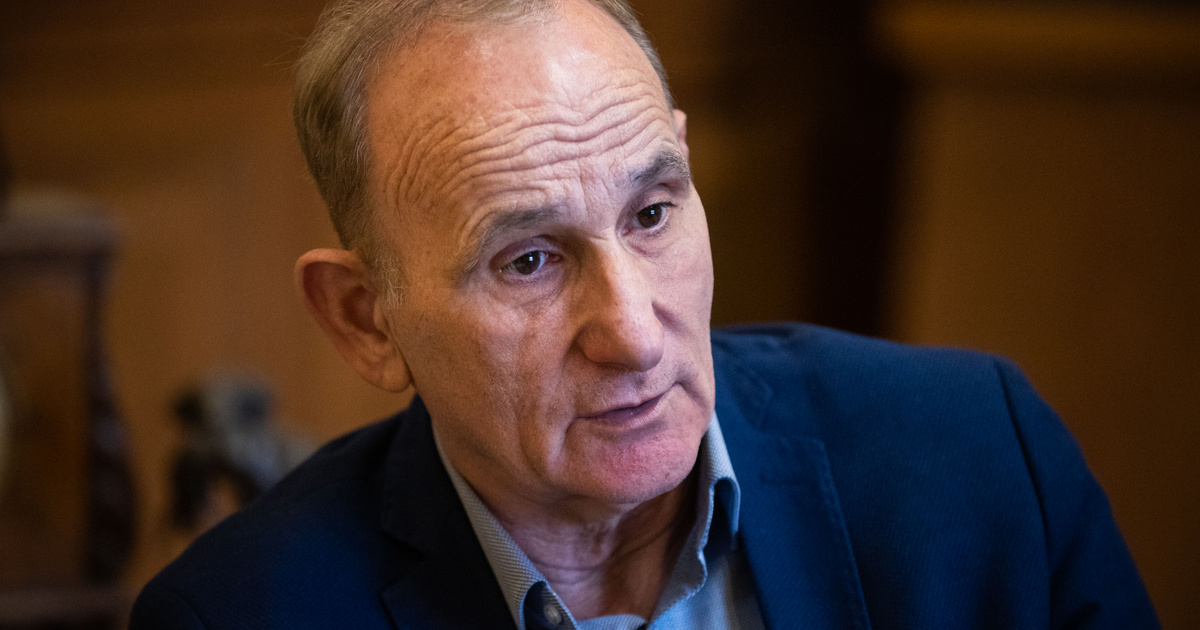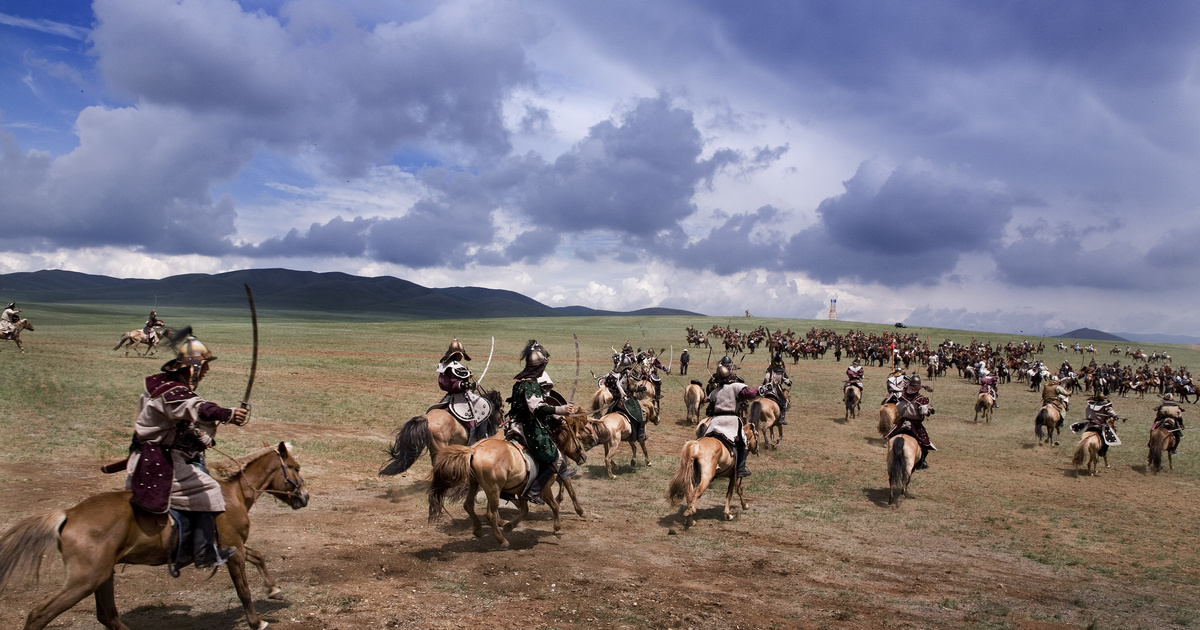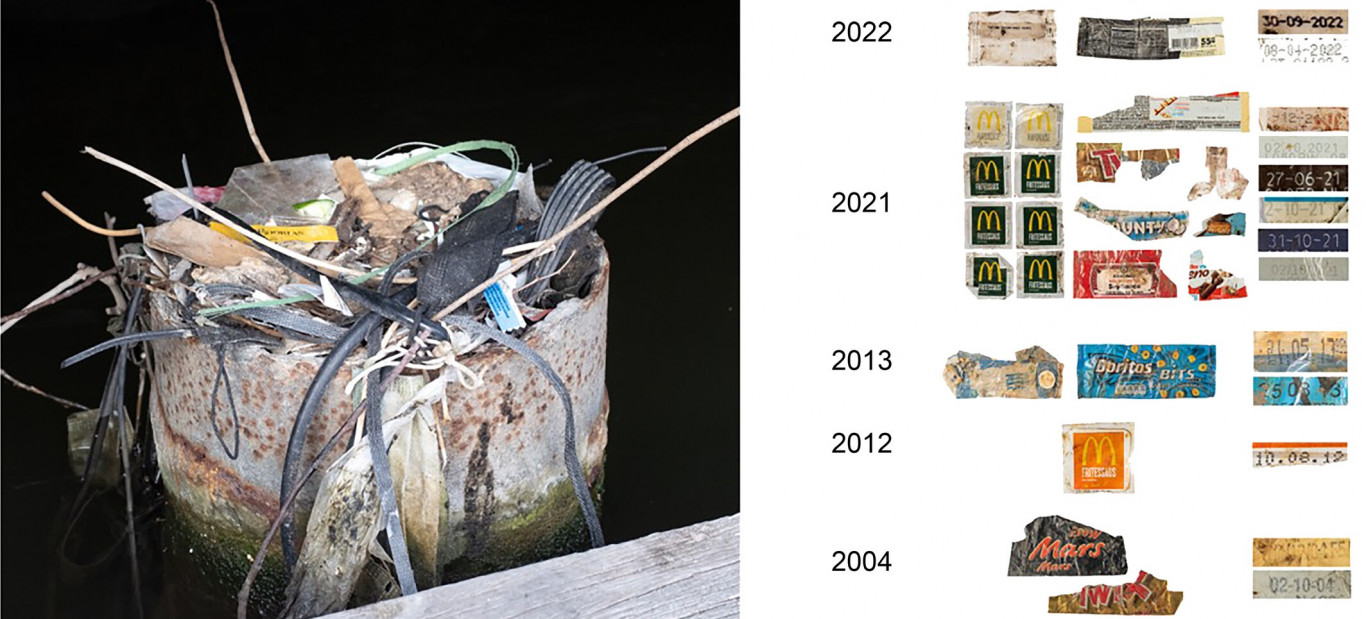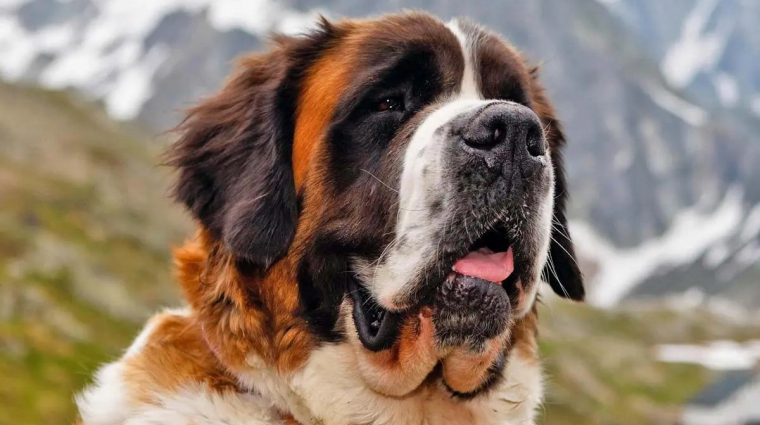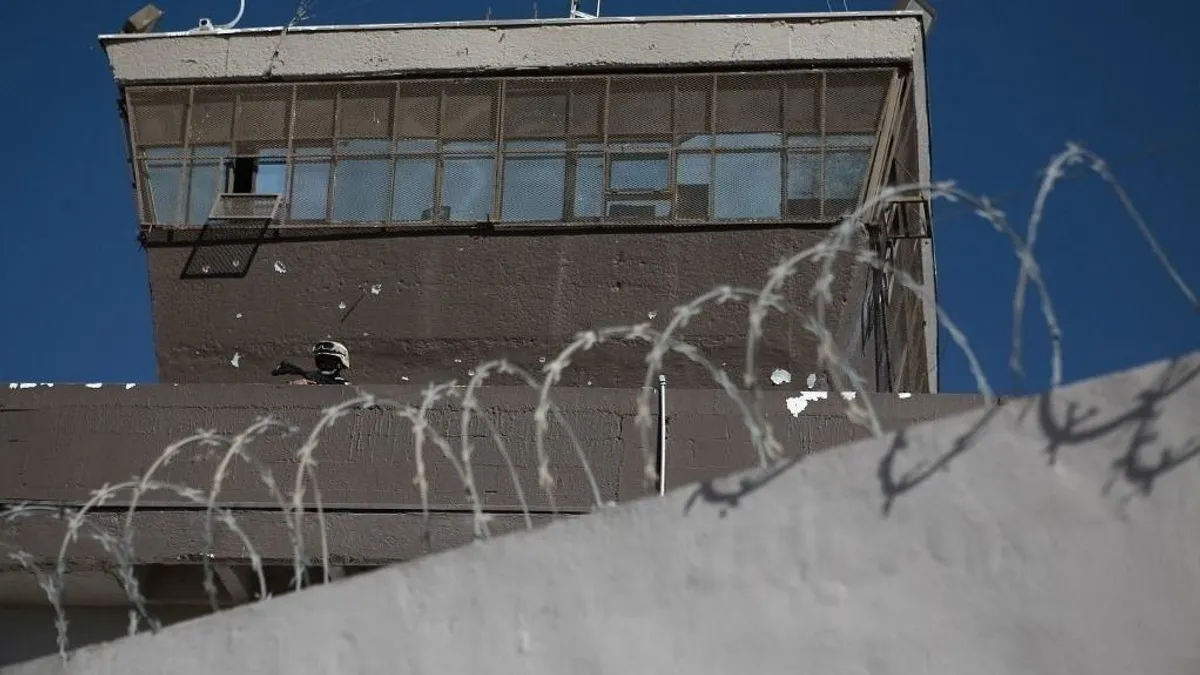Researchers are working to revive a completely unknown species of bison, and are trying to collect it with the help of a 9,000-year-old mummified carcass.
Daniel Boddy
03/28/2023 – This isn’t a Star Wars scenario tossed around in the corner of the brainstorming room, but it’s reality! A group of scientists is actually considering reviving a species of animal using the mummified carcass of a long-extinct animal, approximately 8-9,000 years old.
In 2022, researchers found a specimen of a well-preserved, little-known, extinct bison species in the Verhugansk region of Siberian permafrost, on which they recently performed various tests, including an autopsy. According to researchers at the Mammoth Museum Laboratory of North-Eastern Federal University (NEFU) in Yakutsk, Russia.
The bison’s tissue was so well preserved that it could be used to clone the animal.
Preliminary investigations also showed that the bison was young, about one or two years old when it died. During the autopsy, researchers took samples of the bison’s wool, skin, bones, muscle, fat, and horns, and removed the animal’s entire brain.
“We are working on a unique discovery that can be reproduced in the future thanks to the selected materials.” said Hwang Woo-suk, a cloning expert, NEFU fellow and director of the UAE Biotechnology Research Foundation. Hwang is a world-famous (and somewhat notorious) scientist who narrowly escaped imprisonment in Korea for violating bioethics rules in the 2000s when he conducted experiments on human cloning. However, this was later revealed to be a fraud, so he “only” received a suspended prison sentence, but since then he has been taking increasingly seriously the possibilities of cloning.
Compared with Hwang, paleontologist Löv Dalén of Stockholm University is no longer so optimistic, saying that it is not possible to clone extinct animals from such tissue. The researcher believes that whatever permafrost preserved the bison’s tissue, the DNA may have been too degraded to be suitable for cloning.
“For cloning to be possible, it is necessary to find intact chromosomes (long, thread-like DNA molecules found in the cell nucleus – ed.), which even in the best specimens can be found fragmented into millions of pieces.” Dallin V explains To the living sciences.
“A coin is a thousand times more likely to land on heads than to find an intact chromosome in a sample thousands of years old.”
However, this does not directly mean that it is impossible to revive extinct species. According to Dahlin, a significant portion of the bison genome can be sequenced, which, combined with DNA from other specimens of extinct species, as well as from living bison, could eventually be brought back to life.
In any case, the revival of little-known bison species is still on the table, with several research teams already working in parallel. Russian scientists also plan to return to the site and perhaps discover the remains of other ancient animals.
via – Live sciences, Interesting geometry
You should also read this:
They asked AI to imagine the most beautiful people in the world, and the result was amazing





